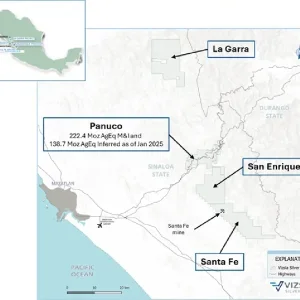The 10Gb/s TL9000M combines the size and performance benefits of the existing Bookham SFF 300 Pin transponder with maximum likelihood sequence detection (MLSD)-based EDC to provide significant tolerance to chromatic dispersion (CD), polarization mode dispersion (PMD) and nonlinearities inherent in telecom networks. This will enable product deployment over a greater proportion of installed fiber routes, including those that will not currently support required spans of 80km at 10Gb/s without equalization.
“The inclusion of MLSD-based EDC into our small form factor transponder is a significant advancement that will allow network engineers to use this technology for all deployments,” said Chris Clarke, vice president strategy and chief engineer Telecom Division at Bookham. “Our indium phosphide building blocks within the transponder allow the real estate to incorporate electronics that give our products a significant advantage in terms of performance. Combining this with the cost, size, and unrivalled power dissipation elements, Bookham will bring this technology from a niche application to potential industry-wide deployment.”
The transponder incorporates the ClariPhy Communications, Inc.’s CL1012 clock and data recovery (CDR) integrated circuit (IC) with EDC. The IC utilizes MLSD technology in a low-cost, low-power CMOS process. The transponder is smaller than competing EDC-enabled offerings and offers lower power dissipation.
The existing Bookham TL9000, first launched in 2007, is smaller than competing large form factor tunable 300pin transponders; the new transponder will retain this small form factor transponder footprint, enabled through the combination of the unique Bookham indium phosphide (InP) modulator technology and the ClariPhy low power dissipation single-chip EDC solution.






